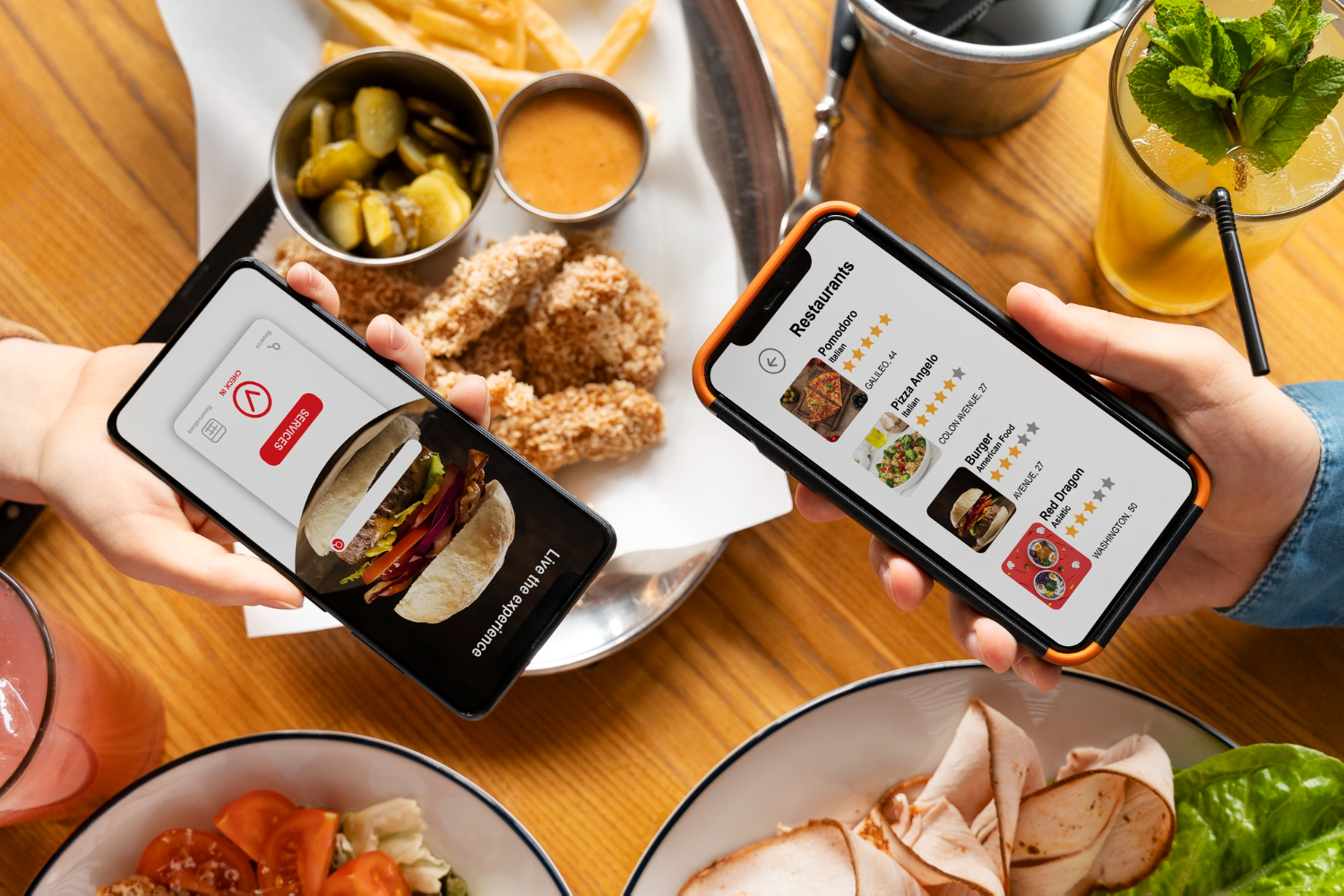Looking around at your spotless kitchen after you spent forty minutes scrubbing it down is a very satisfying feeling. Dirty dishes have been scraped clean with your trusty Scotch-Brite sponge. How ironic that those shiny-clean dishes are now dirtier than before you cleaned them. (Related Topics: Florida Food Handlers Certificates, Florida Food Handlers Card, Florida Food Handler Certification)
We use that same yellow and green sponge multiple times a day to wash our dishes. We also use it to wipe our counters after we’ve prepared breakfast and lunch. What we don’t realize is that every time we use it, billions of bacteria are producing on that very sponge – the same sponge we’re now using to clean up from dinner. Imagine all the germs that have been festering on that sponge since breakfast; the idea of “leftovers” has suddenly become incredibly unappetizing.
When it rains, it pours; if your sponge is damp while it’s left next to (or even worse, in) the kitchen sink, bacteria are going to multiply by the minute – every 20 minutes, to be exact – according to the US Food and Drug Administration. Rinsing the sponge helps, but it’s not effective in actually killing nasty bacteria.
It’s easy to live in a world of denial when we can’t physically see the germs. If we were able to see bacteria, it’s unbelievably more likely we would have cleaner sponges, or at least replace them more frequently. (If smokers were able to see what their lungs looked like, would they be more motivated to quit?) Seeing would certainly be believing in this scenario.
We can use one of our senses, though – smell – to determine if a sponge has surpassed a healthy life span. Reaching the point of smelling a foul odor on your sponge is a clear sign to replace it…yesterday.
Here are some tips on keeping your kitchen sponge clean:
-
Microwave magic
Using your microwave is an easy and effective way to kill a germy sponge. Submerge the sponge in water, place it (still submerged) in the microwave, and zap away! Make sure the water boils – this will kill the living bacteria.
-
A little bleach goes a long way
One of the best sanitizing agents is chlorine beach. Most of us have a bottle of it hiding under our sinks. Mix one part bleach with nine parts water, drop the sponge in the solution, and let it soak for at least 10-30 seconds.
-
Toss it to the trash
Kitchen sponges are affordable enough to regularly replace. Do yourself a favor and rid your kitchen of that soiled sponge. When in doubt of how clean it is, toss it.
Consider using different cleaning materials for different surfaces in the kitchen. Disposable kitchen wipes are a great tool for cleaning counters (many brands are environmentally-friendly, too). You don’t want to wipe that drop of juice from the chicken you cooked with the same sponge you use to clean the plate off of which you ate it.
Educating yourself on properly handling food and cleaning supplies will prevent you from becoming sick. To learn more about food safety in your kitchen, call Ken Kuscher – Certified Serv Safe Instructor – at (561) 703-7196. His specialized knowledge and 35+ years of hands-on and teaching experience make him the number one expert in Southern Florida





